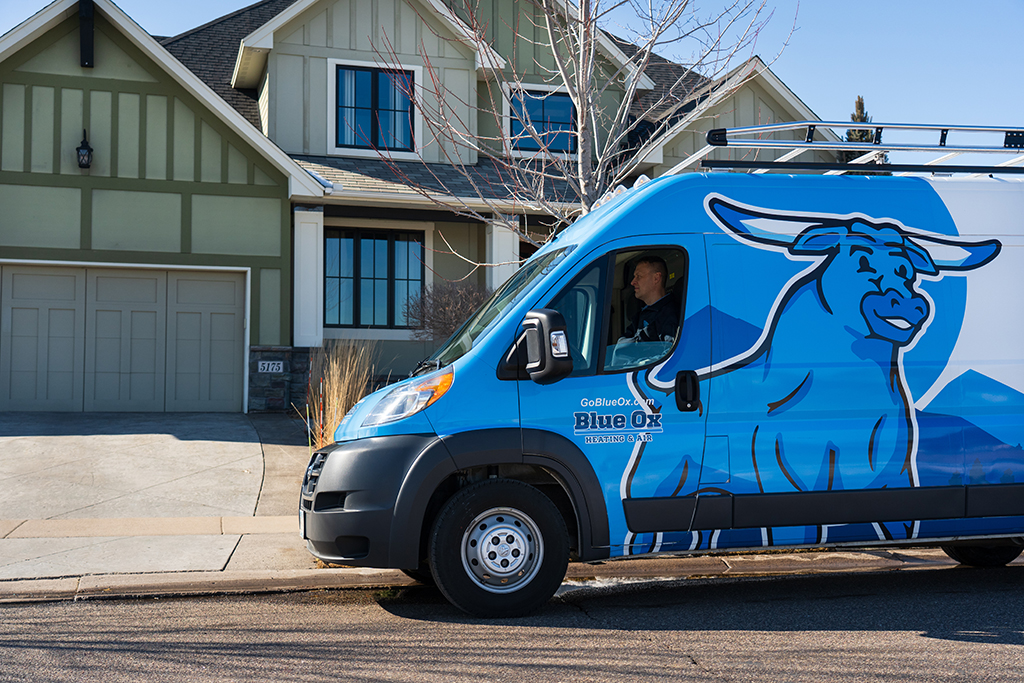
Unless you’re one of those lucky jerks who was born without allergies, you’re probably all-too-aware that we’re in the midst of allergy season right now. Earlier this month, we gave you three great ways to start to allergy-proof your home. In the process of writing, however, we realized that we have too many ideas (and, unfortunately, too much personal experience) trying to prevent allergens for one blog.
That’s why we decided to share a few more tips. If your allergies plague your day-to-day– even if you never even leave the house!–give these suggestions a try. They work for us. Unless you call us and we have to go outside…

Try an Air Exchanger
The worst thing about allergens is how they stick around. When someone tracks in some dust or pollen particles they hang in the air, circulating through your house over and over. When your home processes the same air repeatedly until it’s dry or dirty, that air becomes “stale.” Stale air can contain allergens, germs, and other undesirable pollutants.
Air exchanger ventilators (AEVs) work by pushing out old, stale air and replacing it with fresh outdoor air. As the AEV sucks in outdoor air, it processes the air through a filter similar to the one in your HVAC system. The filter ensures that the new air is fresh and clean, and sucking new air in helps to push old air out. Air exchangers can make such a significant difference that the American Lung Association recommends using them to ventilate your home year-round.

Watch the Carpet
Unfortunately, air filters aren’t the only thing that trap allergens. Particulate allergens can fall into carpeting and get trapped between its fibers. Then, when someone disturbs it, the allergens shoot up from the carpet and disperse throughout the home. Old carpet, plush carpet, and carpet that’s in darker parts of the home tend to attract even more allergens.
The best way to keep allergens from getting into a carpet… is to not have carpet. But you probably kinda like your carpet. Look into getting a good vacuum instead. HEPA vacuums pick up allergens that may be too small for a conventional vacuum to reach. If you have significant allergy problems in your home, try using a HEPA vacuum on carpet once a week. It’ll really make a difference.

Dehumidify
Carpets definitely collects allergens, but humidity is the reason why they’re in your house in the first place. When closed spaces get too humid, allergens like mold spores, pollen, dust, dust mites, mildew, and bacteria grow and thrive. Portable, plug-in dehumidifiers work on one or two rooms, but they can’t solve the underlying problem. They also tend to get expensive to run.
Consider investing in a whole house dehumidifier. Dehumidifying your whole home at once will help you create an environment that doesn’t support mildew, bacteria, or mold. When you’re sure allergy-producers like mildew won’t grow back, you’re ready to tackle the root of the allergen problem. Check places like corners, crawl spaces, the attic, the basement, the underside of cabinets and drawers, and any other dark or secluded areas. Wash those places out thoroughly, and you may find your allergy issues are a thing of the past.
It’s hard not to feel resigned about allergy problems. You may feel like there’s nothing anyone can do for you, or that it isn’t that big a deal. Don’t give up! It doesn’t matter how much or little you’re suffering when the cause of that suffering is preventable!
If you’re proactive about dealing with your allergy problem, you will make a big difference this spring. Blue Ox is here to help. If you’re interested in a dehumidifier, an air exchanger, or you just want to ask some questions, give us a call today. We’ll even brave the outdoors for you. As long as you have some tissues waiting for us when we get there.


